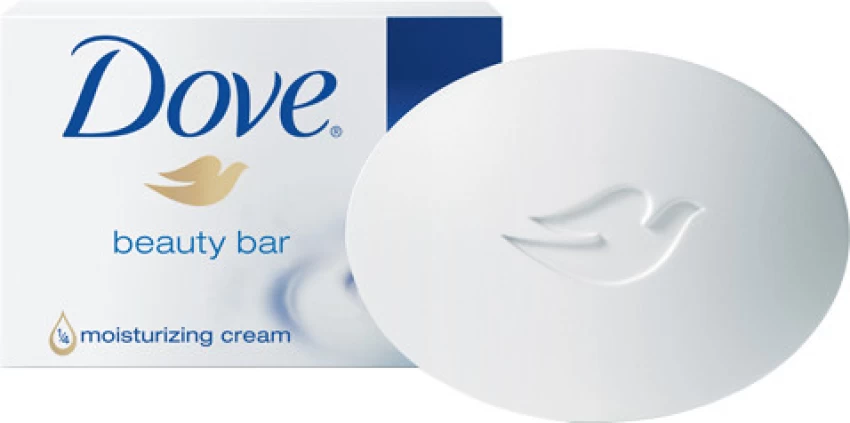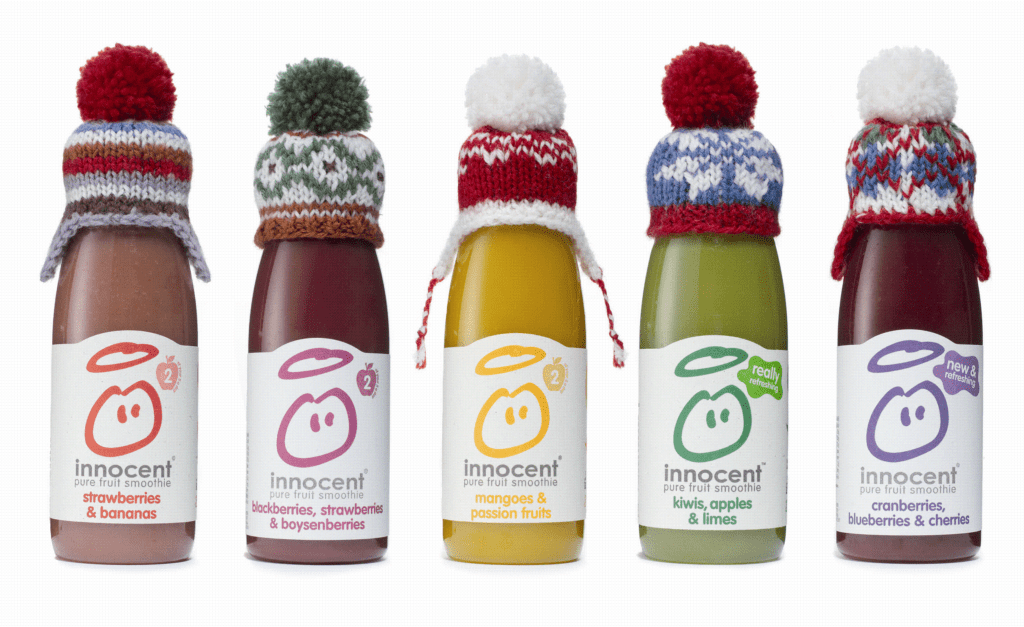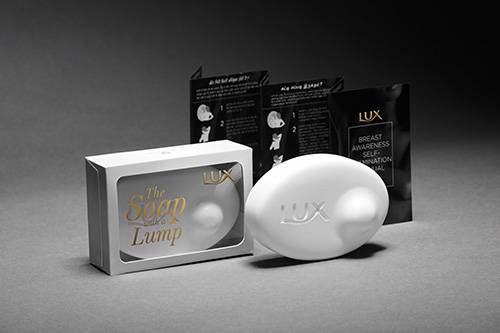Repositioning Brands Through Packaging

Repositioning through packaging that is both aesthetically pleasing and useful while being true to the brand’s values is key to success.
When a brand wants to reposition itself in the market, it may do so by making deliberate changes to the packaging’s look and function to reflect its new image, target demographic, or positioning. A thorough familiarity with the brand’s goals, the intended customer, and current market trends is essential for effective package repositioning. The following are some instances and guidelines for repositioning a brand via packaging:
- Get to know the goals of brand repositioning
A company’s packaging, for instance, should represent its objectives if it wants to go from a more conventional to a more progressive image.
- Gather information from customers
Get a feel for who you’re selling to and what they want before you rethink your package. Find out what colours they like, what kind of lifestyle they lead, and what kind of designs they like if you want to win over a younger audience.
- Determine the important distinctions of the brand
If the company is shifting its focus to sustainability, for instance, highlight its recyclable materials, decreased packaging waste, or use of eco-friendly products.
- Update visuals and graphics for the brand
Make sure the package artwork is up-to-date so it matches the new brand. Use high-grade materials, simple design, and sophisticated hues if a firm is trying to project an impression of premium quality.
- Establish concise brand messages
Make use of the product’s packaging to announce the updated qualities and principles of the brand. Brand messages could emphasise natural ingredients, nutritional advantages, and wellbeing, for example, if the company is trying to rebrand itself as health-conscious.
- State the beneficial aspects of the product
Take note of how the packaging conveys the brand’s new features and benefits if they are being introduced. Features such as organic, gluten-free, and non-GMO should be highlighted when marketing food products.
- Make packaging relevant.
One possibility is to rethink the packaging’s structure to make it more practical or user-friendly. Consider offering more compact and portable packaging alternatives if you’re rebranding your product as one that’s ideal for travel.
- Use collaborations or limited editions.
One strategy to get people talking about the repositioning is to provide special packaging or team up with creatives. Additionally, this strategy might appeal to fans and collectors.
- Maintain uniformity throughout all touchpoints.
Example: Be sure that your brand’s image is consistent across all mediums, from online platforms and ads to in-store displays. Consistency strengthens the redesigned brand identity.
- Make use of colour theory:
When we see a certain colour, we often think of a certain emotion or memory. Pick hues that complement the new image of the brand. As an example, organic or sustainable items may be branded with green, while sleek black might be used to portray a luxury image.
- Put it to the test and make adjustments as needed.
Conducting small-scale testing or pilot launches to obtain feedback is a good example to follow before a full-scale rollout. Because of this, the company may test several versions of the package and adjust them according to customer feedback.
Examples
- Coca-Cola Zero
Repositioning Goals: Replace the old, sugary image of diet soda with a more modern, sugar-free one.
To provide a more refined and health-conscious image, the package has been updated with a new logo, updated graphics, and a sleek black design.

- Oreos Thins:
The goal of repositioning Oreo is to increase its appeal to adults and health-conscious consumers.
A more refined and sophisticated treat, Oreo Thins now has thinner packaging, more attractive hues, and more adult-oriented graphics.

- Dove Beauty Bar:
Highlight the inclusiveness and natural beauty.
As part of their ongoing effort to promote “real beauty,” Dove updated its packaging to include more varied models. These models will represent a wider range of skin tones and ethnicities.

- Gillette Venus:
Transform from a men’s razor company to one that promotes body positivity and women’s empowerment.
A more inclusive and positive company image may be conveyed via changes to packaging that include uplifting slogans and imagery showcasing varied body shapes.

Conclusion
Repositioning packaging that is both aesthetically pleasing and useful while being true to the brand’s values is key to success. Brands may transform their market position and connect with consumers by carefully crafting their packaging to convey messages.




1 Comment